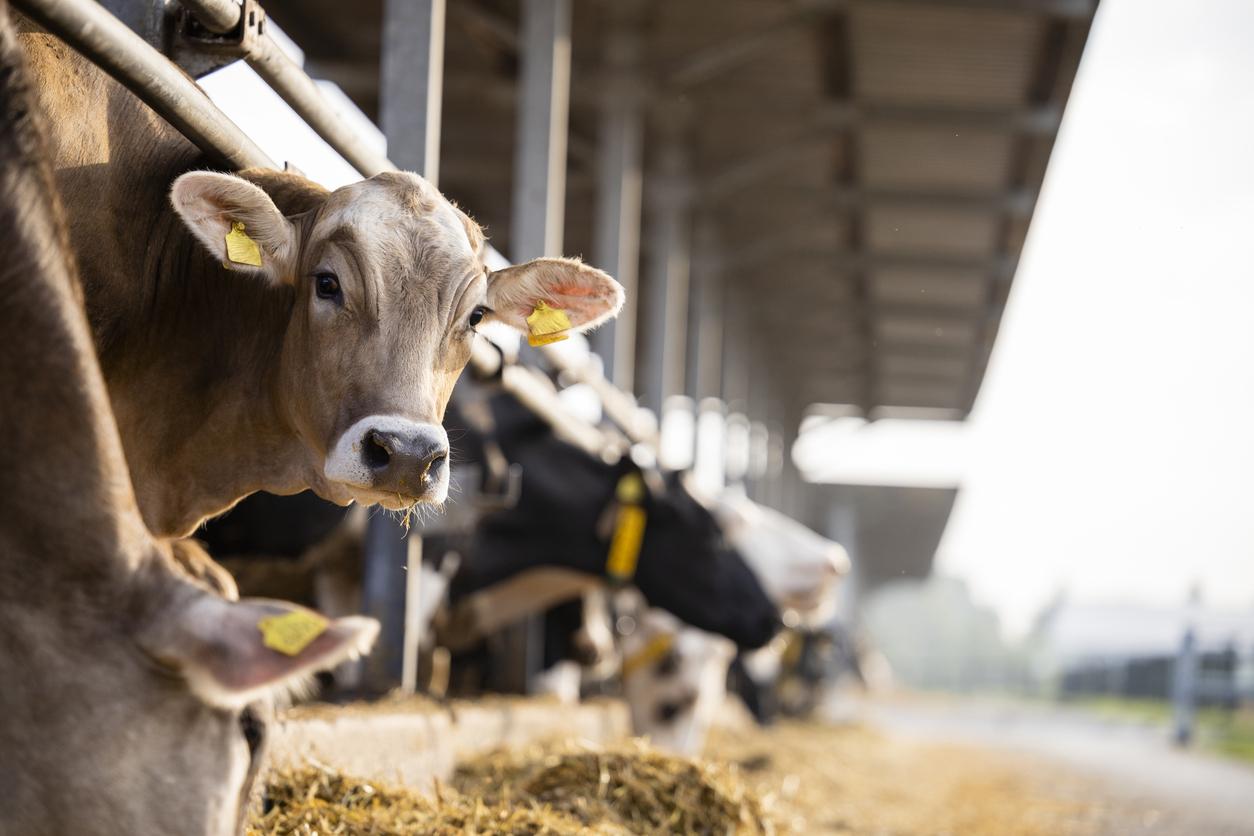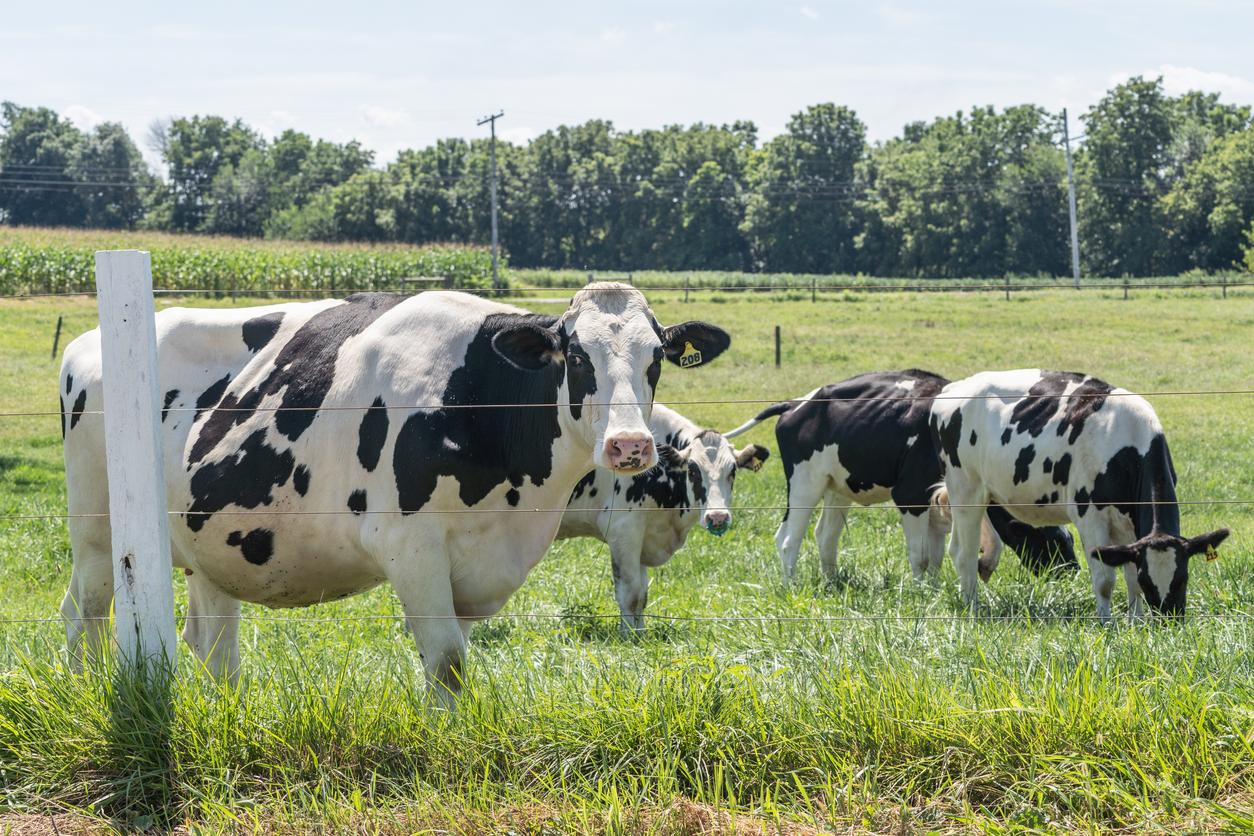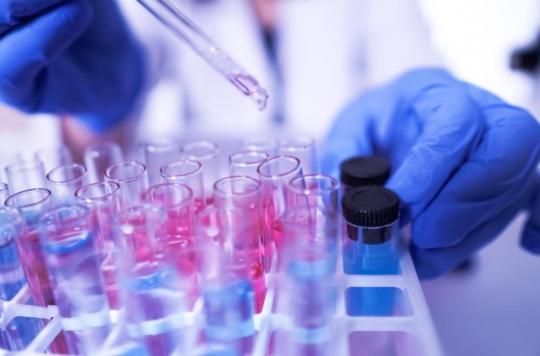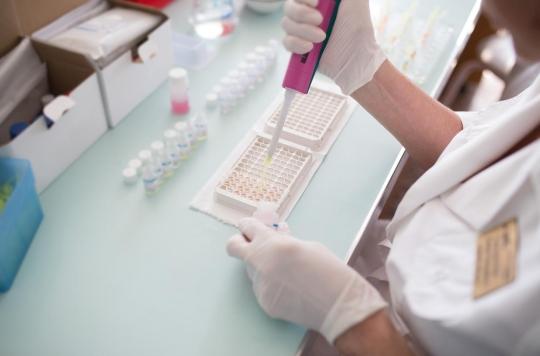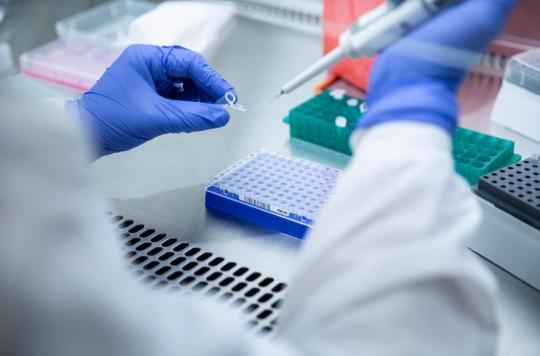By studying prions, researchers in Toulouse have identified the origin of bovine spongiform encephalopathy, better known as “mad cow disease”. They then warn of the possible return of the disease.
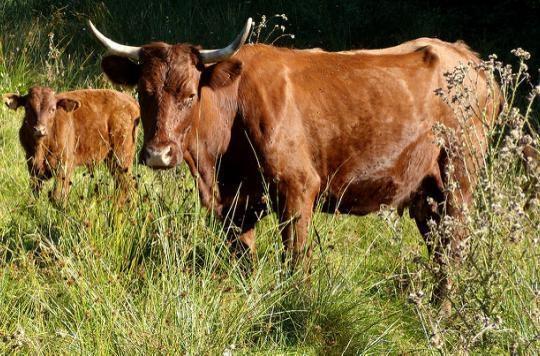
Bovine spongiform encephalopathy (BSE), better known as “mad cow disease”, is a degenerative infection of the central nervous system of cattle. The disease appeared in the 1980s in the United Kingdom before spreading throughout Europe and North America in the 1990s. Today, researchers in Toulouse have found the possible origin of this disease and are warning about a possible return of the latter. The results of this study were published Monday, December 16 in the journal NatureCommunications.
For their work, researchers from Inra and the National Veterinary School of Toulouse worked with prions. These are proteins that can become pathogenic by adopting an abnormal form, different for each species. More specifically, they took the prion that causes sheep tremor and injected it into genetically modified mice to make the bovine-derived prion.
Result of the experiment: in 95% of cases, the rodents then developed bovine spongiform encephalopathy. These genetically modified mice are “a very good model, which works well to know what would happen if cows were exposed to these prions”, explains Olivier Andreoletti, Inra researcher, who led the study.
“Today the food chain is protected”
“For the first time, these data provide an experimentally supported explanation for the appearance” of mad cow disease in the mid-1980s in the United Kingdom, develops INRA in a press release. BSE was then transmitted between cattle “all over Europe, North America and many other countries” probably via a diet rich in meal from carcasses and offal from sick animals.
By consuming products from infected cattle, several people have developed a variant of Creutzfeldt-Jakob. Faced with the scale of the crisis, Europe began to ban animal meal, to monitor possible cross-contamination and to destroy tissues at the highest risk, which considerably slowed down the epizootic.
“Today the food chain is protected by these measures and it is thanks to this that there are no more cases of contamination and that we have succeeded in virtually eliminating bovine spongiform encephalopathy”, explains Olivier Andreoletti. Only a few cases still occur, such as the one detected in the Ardennes in 2016.
The risk of an epidemic has not completely disappeared
However, the risk of an epidemic remains present. “Despite the economic cost of these measures and the virtual disappearance of BSE cases, the risk of seeing BSE re-emerge from cases of atypical scrapie in small ruminants calls for maintaining the most fundamental measures (ban on animal meal, systematic elimination and destruction of tissues at the highest risk, etc., which have made it possible over the past 20 years to protect consumers and production sectors from ‘mad cow disease’”, notes INRA.
“The measures put in place are expensive and today there is pressure from manufacturers. Some mention the possibility of lifting the ban on recycling carcasses into animal meal. We are not there to give lessons but to produce knowledge”, develops Olivier Andreoletti, who fears that the European Commission will accept the return of animal meal on the market. For the researchers, “if we start having the same practices again, we will have the same effects.”
“Prion diseases are neurodegenerative diseases causing progressive neurological disorders with a fatal outcome, after a long and silent incubation period. They affect humans (Creutzfeldt-Jakob disease, fatal family insomnia), livestock (mad cow disease, scrapie in sheep and goats, prion disease in dromedaries) and wild animals (disease of chronic decline of deer)”, explains INRA on its site. Symptoms can be locomotor, sensory and behavioral.
.









